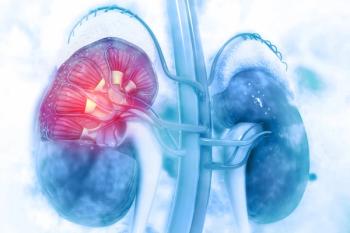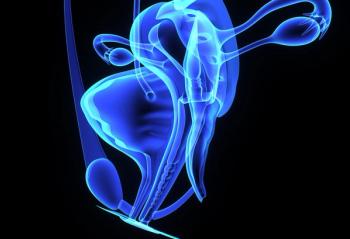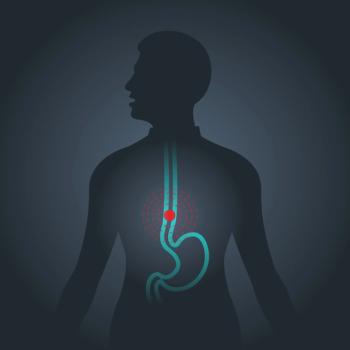
Miami Breast Cancer Conference® Abstracts Supplement
- 42nd Annual Miami Breast Cancer Conference® - Abstracts
- Volume 39
- Issue 4
- Pages: 65
63 Intraoperative Radiation and External Beam Radiation After Breast-Conserving Surgery in an Ethnic Minority Population: Patient Reported Outcomes Using BREAST-Q
Background/Significance
Intraoperative radiation therapy (IORT) is a one-time, safe radiation option for select patients with early-stage breast cancer after breast-conserving surgery (BCS). We sought to compare patient-reported outcomes between patients who received IORT and those who received partial or whole-breast external beam radiation therapy (EBRT).
Materials and Methods
Patients who completed BREAST-Q Breast Conserving Therapy Module Version 2.0 pre- and postoperative (1-3 weeks and 3 months, respectively) questionnaires and underwent BCS with IORT or EBRT from June 2020 to March 2024 at our institution were included. Descriptive, t-test, and Chi-square tests were used for analysis. Given the selection criteria for IORT as defined by our in-house registry trial and the TARGIT randomized trial, we conducted a subanalysis to compare patients who underwent BCS with IORT with patients who qualified for IORT but received EBRT.
Results
We identified 135 patients; 26 received IORT and 109 received EBRT including 34 who qualified for IORT but received EBRT. There were 106 ethnic minority patients: Black (47.9%), Asian (1.68%), and Other (39.5%). At 1 to 3 weeks post operation, patients who received IORT compared with patients who received EBRT reported worse physical well-being of the chest (57.35 vs 64.67; P = .045) and psychosocial well-being (73.64 vs 78.49; P = .027). However, by 3 months post operation, patients who received IORT reported better well-being of the chest (75.17 vs 67.09; P = .210) and similar psychosocial well-being (75.08 vs 75.98; P = .188). Comparison of patients who received IORT to those who qualified for IORT but received EBRT showed similar results. The latter group reported higher satisfaction with breast cosmesis at 3 months post operation (68.75 vs 76.19; P = .075). Patients who received IORT reported better quality of life with regards to adverse effects (AEs) of radiation at 3 months post operation (82.00 vs 67.03; P = .143).
Conclusion
In our ethnic minority population, patients who received IORT initially reported worse physical well-being of the chest and psychosocial well-being compared with those who received EBRT, but this difference was no longer present 3 months after surgery, and had improved in those who received IORT. Patients who received IORT had better quality of life with regards to AEs of radiation at 3 months post operation, although it was not statistically significant, likely due to our small cohort. Surprisingly, patients who qualified for IORT but received EBRT were more satisfied with breast cosmesis at 3 months post operation, though it was not statistically significant. Further studies with greater power and longer follow-up are needed.
Articles in this issue
Newsletter
Stay up to date on recent advances in the multidisciplinary approach to cancer.



















































































